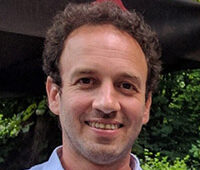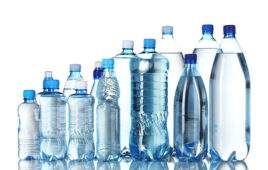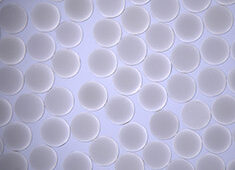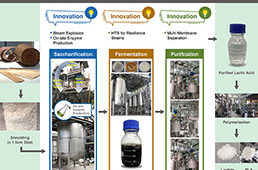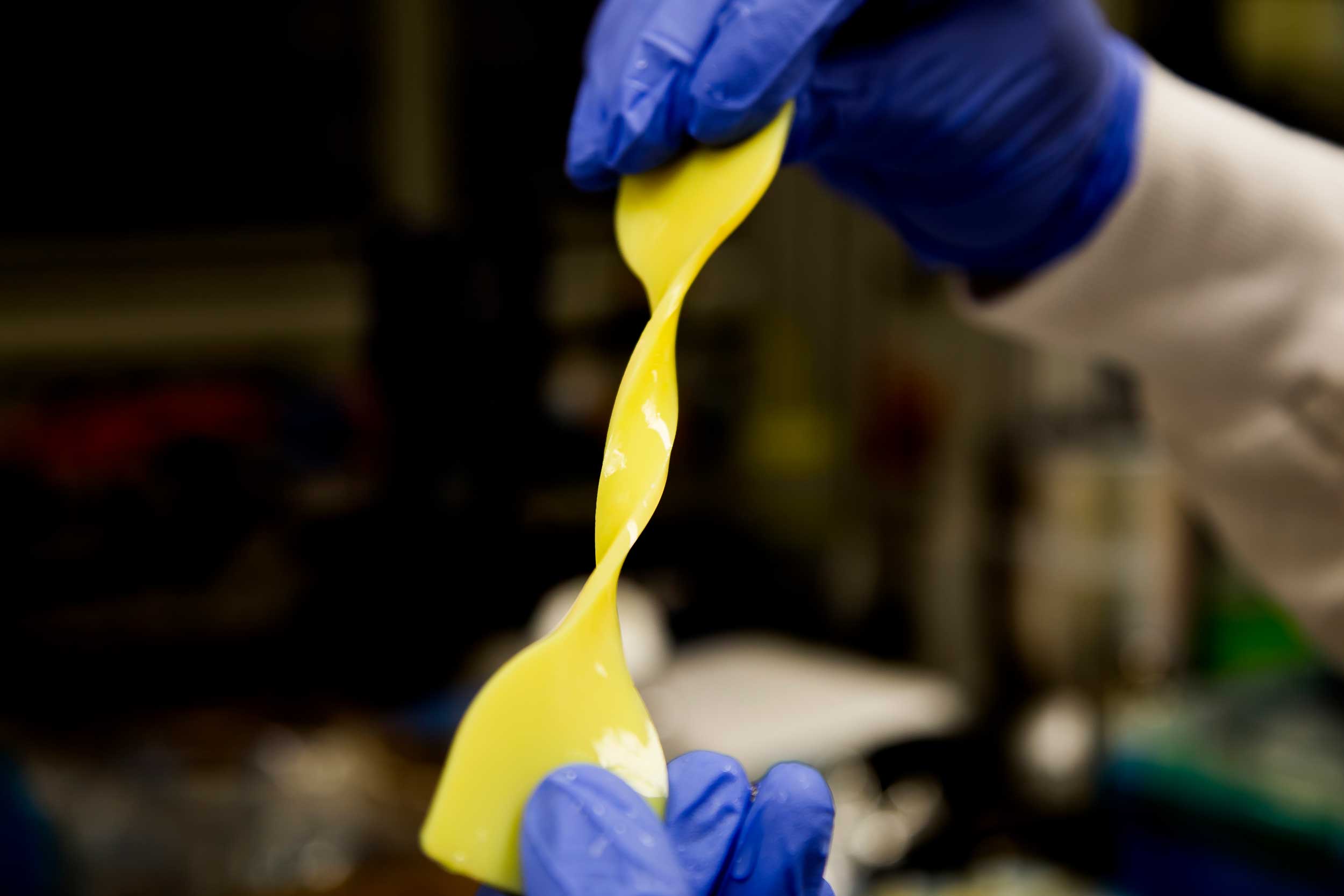
Caption: The artificial cartilage is very flexible yet resistant to tearing. Image credit: Joseph Xu, Michigan Engineering
While cartilage is one of the strongest materials in the human body, making an artificial cartilage with the same properties has often proven to be challenging.
However, researchers from the University of Michigan and Jiangnan University in China have developed “Kevlartilage”—an artificial Kevlar-based cartilage that mimics the strength of actual cartilage.
“We know that we consist mostly of water—all life does—and yet our bodies have a lot of structural stability,” Nicholas Kotov, the Joseph B. and Florence V. Cejka Professor of Engineering at Michigan, who led the study, said in a statement. “Understanding cartilage is understanding how life forms can combine properties that are sometimes unthinkable together.”
The researchers used a Kevlar-based hydrogel that combines a network of tough nanofibers from Kevlar—the “aramid” fibers used to make bulletproof vests—with polyvinyl alcohol (PVA), a material commonly used in hydrogel cartilage replacements.
Natural cartilage—which is about 80 percent water—contain a network of protein and other biomolecules and get their strength by resisting the flow of water among its chambers.
The pressure from the water reconfigures the network, enabling it to deform without breaking and water is released in the process. The network recovers by absorbing water later, enabling high impact joints like knees to stand up to punishing forces.
However, running repeatedly pounds the cartilage between the bones, forcing water out and making the cartilage more pliable. After the runner rests, the cartilage absorbs water so that it provides strong resistance to compression again.
The synthetic cartilage mimics the same processes, releasing water under stress and later recovering by absorbing water.
The aramid nanofibers build the framework of the material, while the PVA traps water inside the network when the material is exposed to stretching or compression.
Kotov said the artificial design may be also being used to replace other soft tissues.
“We have a lot of membranes in the body that require the same properties,” he said. “I would like to evaluate the space.
“I will talk to doctors about where the acute need is and where this intersection of the properties will allow us to make best headway and biggest impact,” he added.

